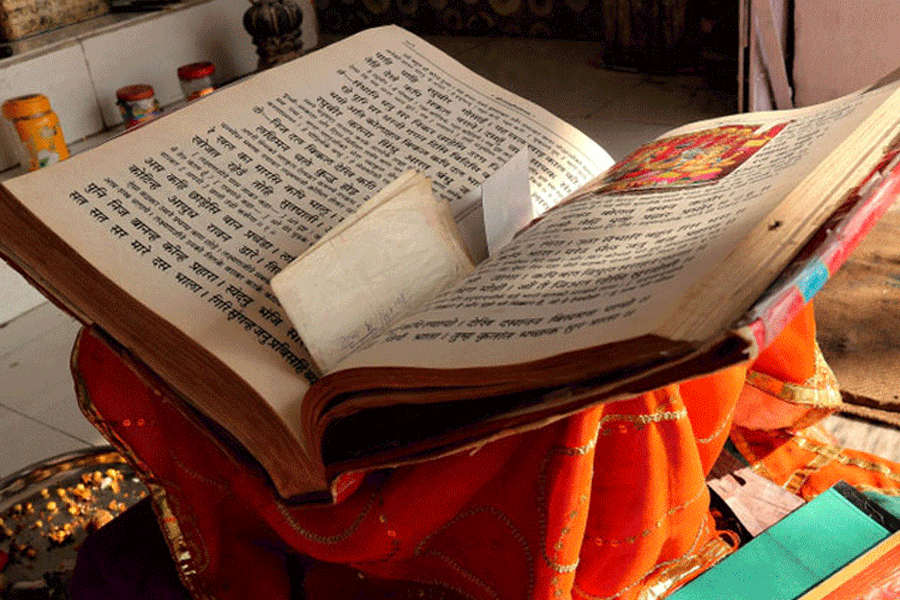Students from socially deprived sections do not appear inclined to learn the Vedas, government data suggest.
Education minister Dharmendra Pradhan in a written reply in the Rajya Sabha on Wednesday said 7,226 students were enrolled in three types of Vedic schools affiliated to the Maharshi Sandipani Rashtriya Ved Sanskrit Shiksha Board, set up last year by the central government-run Maharshi Sandipani Rashtriya Ved Vidya Pratisthan. Of them, 173 students, or around 2.5 per cent, belong to the Scheduled Castes (SCs), Scheduled Tribes (STs) and Other Backward Classes (OBCs).
The four Rashtriya Adarsh Veda Vidyalayas (RAVV), 123 Pathashalas and 258 Guru Shishya Parampara (GSP) units offer schooling in the Vedas and modern subjects. A total of nine years of schooling is offered. At the end of the seventh year, Veda Bhushan certificates are awarded, and at the end of the ninth year, Veda Vibhushan certificates are given. Last year, the Centre said the Veda Bhushan and Veda Vibhushan certificates would be treated as equivalent to Class X and Class XII certificates.
CPM parliamentarian V. Sivadasan had asked the government about the social composition of teachers and students in these three types of schools.
The MSRVVP runs RAVVs at Ujjain in Madhya Pradesh, Puri in Odisha, Dwaraka in Gujarat and Guwahati in Assam. The Pathashalas are run by NGOs with funding from the MSRVVP. The
GSPs replicate the ancient informal tradition of guru-shishya training. The gurus run their units in places convenient to them and impart schooling to a handful of shishyas.
According to the education minister’s reply, the RAVVs have one OBC teacher out of a total 27, the Pathashalas have 32 OBC teachers out of 632, and the GSPs have one OBC teacher among 430 gurus. There are no teachers from the SC and ST communities.
Paul Divakar, chairman of the Asia Dalit Rights Forum, an NGO, said the Hindu scriptures suggest that traditional knowledge like the Vedas or archery have remained the exclusive domain of certain castes, and those trying to break societal norms have been penalised.
The Mahabharata has it that Ekalavya, a Sudra (Dalit), had the desire to learn archery. After learning that Guru Dronacharya, who trained the royal Pandavas and Kauravas, would not accept him as his disciple, Ekalavya installed a clay idol of the mentor and started learning archery himself.
When Dronacharya came to know this, he demanded Ekalavya’s right thumb as guru-dakshina, thereby protecting the royals from any threat.
“First there are Vedic provisions of purity-pollution (based on caste) and who is eligible for and who is excluded from specific tasks. They are the unwritten laws in a democratic society, which has a constitution of equality, liberty and fraternity with reservations in place. This dichotomy is a deliberate plan intended to camouflage the cruelty of slavery in our society,” Divakar said.
He said these “unwritten laws” must be abolished. The Kerala government, Divakar said, appointed Dalits as priests in five temples. This should be replicated in other states, which will attract students from all sections of society to learn Vedic texts, he said.
A Babasaheb Bhimrao Ambedkar University teacher said: “The jobsfor students passing out of these Vedic boards are informal ones dominated by upper castes (like priests ).”

